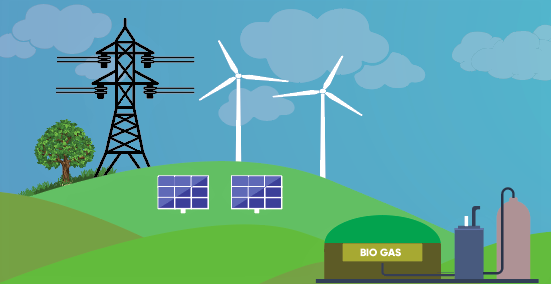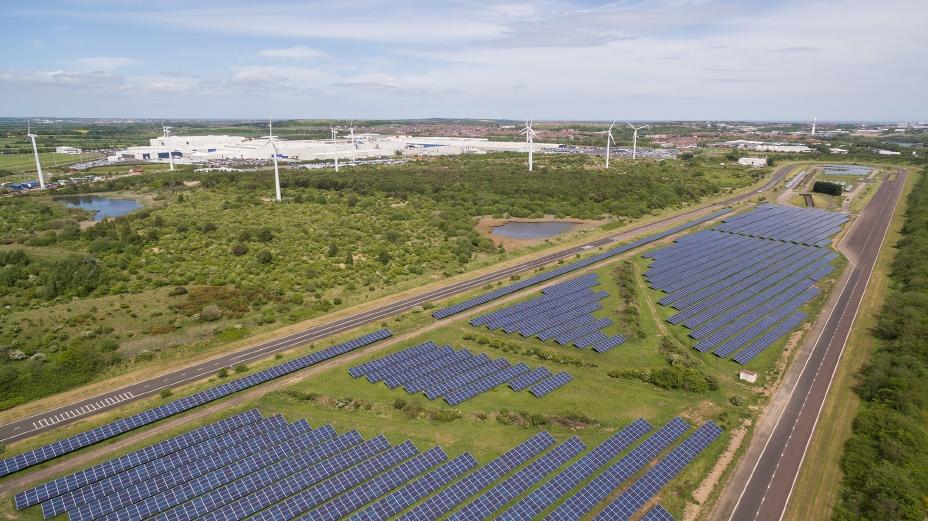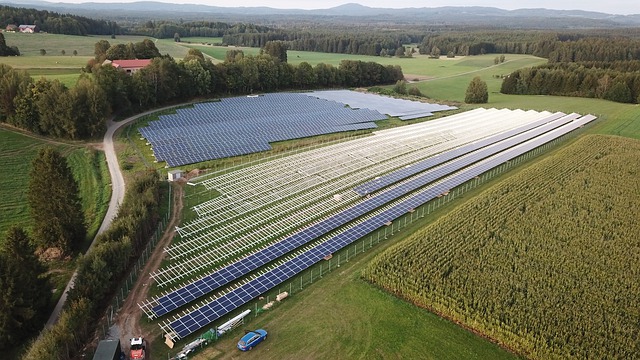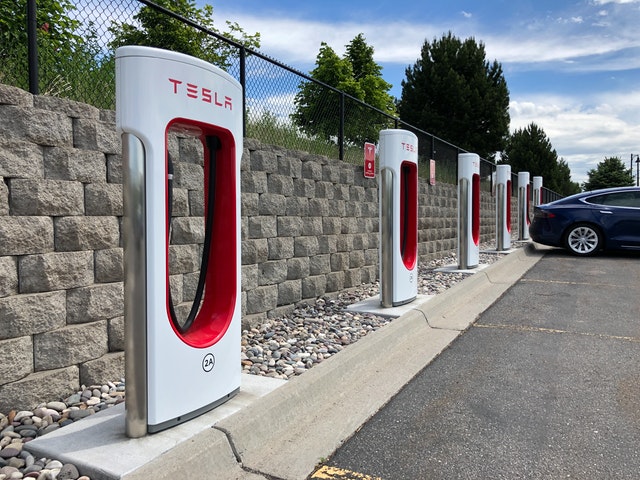The fossil fuels, such as oil, coal, and natural gas, are declining tremendously by precipitating the global energy crisis in the mere future. Similarly, the increasing global awareness of climate change and the negative consequences of fossil fuels have accelerated the green energy transition over the past few years. Despite enumerable progress on sustainable energy production and distribution, the unprecedented COVID-19 crisis has hindered the progression of universal access to clean and sustainable energy. Still, around 800 million people are deprived of electricity (UN SDG7, 2018). The COVID-19 pandemic urges the exigency to hasten the clean, safer, and sustainable energy adoption.
Green Energy Transition and Economic Recovery
The COVID-19 pandemic has taught several countries to be more independent with their resources for energy, although the considerable number of new green energy projects is about to decline this year. Nevertheless, the halted projects will recommence next year upon receiving adequate support from the government and the investors. The energy transition needs to be considered and worked upon as the primary global agenda.
Besides the green energy transition, the pandemic is creating opportunities for the growth of a circular (bio) economy and economic recovery. However, the initial investment will be huge, but it is worth investing in because the promising future of clean energy is inevitable. Hepbrun et al (2020) suggest focusing on renewable energy infrastructures such as energy storage including Hydrogen, power grid advancement, and carbon capture and sequestration (CCS) technology as well as building efficiency retrofits and education as primary recovery policies. Such recovery packages could bring a wave of job opportunities after the pandemic.
The shift from the recent COVID-19 economic crisis towards long-term recovery is possible through effective planning, investment, and actions. As an example, the European Commission (EC) has committed to the green deal and proposed a total budget of €1.85 trillion for 2021-2027 given priority to green investment (EC, 2020). At the same time, some other countries are just focusing on short-term economic recovery instead of investing in green recovery. Recently, countries like the United States, Mexico, and South Africa are supporting laws to control pollution and standard for vehicle fuels that favor fossil fuel usage (Hanna et al., 2020).
According to the World Bank (2020a), adopting opportunities by investing more in renewable energy can be a promising recourse to balance the economic downfall due to the pandemic in post-COVID-19 economic recovery. For instance, Maldives can cease energy imports which will ultimately reduce the cost of electricity service, lower carbon emissions, and subsequently increase job opportunities. So, the country can grasp the chance to flourish by generating solar energy until globalization becomes safe so that the tourism sector can rise again. For this change, the government can ease to facilitate the private sector investments, which will alternatively augment the job opportunities and reduce the energy import in the forms of diesel and isolated island-based grids.
In Nepal, hydropower can play a significant role to provide clean and affordable energy. Recently, the World Bank approves a $100 million development policy credit (DPC) to improve the hydroelectric sector and recover the COVID-19 crisis in Nepal (The World Bank, 2020b). Nepal has the potential of generating 80,000 MW of Hydroelectricity among which 43,000 MW is economically viable. Nepal’s demand hovers only 1,320 MW peak electricity (2018/2019) out of which the rest is possible to export to Asian countries such as India, China, and Bangladesh by providing clean and affordable energy (Gunatilake et al., 2020).
Therefore, the investment in green electricity generation and the transmission lines extension will create a significant number of jobs in the power sector. This considerable investment can recover the economic loss of the country due to COVID-19 which has harshly affected the tourism sector, loss of employment of millions of people nationwide, and excessive use of the Government fund in response to COVID-19.
Investing in off-girds renewable energy provides sustainable energy and also boosts the economy in rural communities. The developing countries and the countries relying more on agriculture should promote bioenergy and biofuels as alternatives to traditional energy sources. For example, the small-scale biogas plant provides a new norm towards clean cooking and energy generation in particular rural areas where the electric grid and other energy sources, such as hydropower, wind energy, and solar energy are expensive and not-feasible.
COVID-19 Gesture To Go Safe and Green
As we know, green energy is not only the alternatives to non-renewables such as fossil fuels but also the clean, safe, and sustainable energy of the future. The exploitation of fossil fuels affects human health directly or indirectly, mostly affecting the eyes, skin, and lungs. Even the cause of the current pandemic, COVID-19 is also a highly contagious deadly virus that affects the lungs and thwarts breathing, causing the death of the person. Though the direct cause of the coronavirus existence is not air pollution or climate change, these parameters have indeed devised a favorable situation for the prolongation of this virus around us.
The enormous exploitation of “non-renewable” energy has severely caused climate change over the past few decades. It has also triggered global warming, ozone layer hole, and warming up of Antarctica’s perennial snows and ice causing the sea level rise and floods, drought, and landslides. A new study conducted by Diamond and Wood (2020) showed that Nitrogen dioxide; a significant air pollutant that causes a detrimental effect on the lungs dropped by approximately 50% over northern China, in early 2020.
Also, particulate matter, which is small enough to penetrate human lungs to cause harm, significantly dropped by 35% in northern China. Due to the stringent lockdown of big industries and factories, and a significant drop in the run of transportation means which use petrol and diesel as fuels, it was possible to create a substantial decrease in the pollution levels. This scenario strongly demands the widespread implementation of renewable energy in the transport and industrial sector.
Similarly, it is crucial to adopt stringent clean and green policies that will support human health to be less vulnerable to deadly viruses and diseases such as COVID-19, Asthma, Cancer, and many other novels and imminent diseases and infections. The governments of the respective countries should play a vital role to help the globe ease the transition.
The effectiveness of the green recovery investment demands political plans, commitment, and actions. Also, people around the globe should be encouraged to incline towards renewable sources for decarbonization. Though the consequences of climate change seem dilatory in comparison to the pervasiveness of COVID-19, the effects of climate change are relatively insidious and much more humongous. The cure for COVID-19 is probably in the mere future, but the harms created by human activities to nature can only be cured by shifting towards renewable energy sources.
Clean and green energy sources are affordable, sustainable, and reliable. It contributes to decarbonize the existing energy system. Although the global transition from conventional energy to green and renewable energy is quite taxing, it is not impossible.
Conclusion
Currently, the world is fighting with a lot of extreme challenges, including the COVID-19 crisis, economic loss, and climate change as the three major issues that have ravaged the world as a whole. However, the recovery of the global economy and life due to COVID-19 is possible with green energy transformation by proper planning and its practical implementation, which will ultimately ease to fight with climate change, as well.
COVID-19 has wrecked millions of lives, whether it is in terms of energy crisis or breakage in the food chain supply. Thus, it is time to take sober actions to improve the devastated lives with effective energy management to fight back global economic downfall with the transition to renewable energy. Moreover, the pandemic has brought attention to the global energy transition to eliminate the energy crisis so that every country can be independent of its sources of sustainable energy. Succinctly, the future outlook of green and clean energy in the post-COVID-19 world seems requisite and optimistic.
Disclaimer: The opinions expressed in this article are sole of the author and not the Greenesa.

 How it Works
How it Works Pricing
Pricing FAQ
FAQ Quiz
Quiz Contact Us
Contact Us







